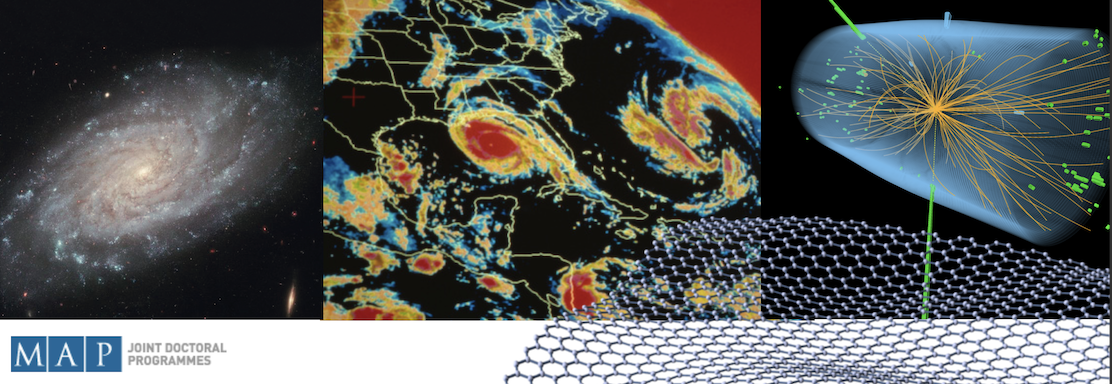Speaker
Description
Skin cancer is the most common of all cancers and can be divided in three types: basal cell carcinoma, squamous cell carcinoma, and melanoma, the latter being the most aggressive. Current therapies for melanoma present several drawbacks, which highlights the need for new therapeutic approaches.
Electroactive, biocompatible, and biodegradable polymers, such as poly(3-hydroxybutyrate-co-3-hydroxyvalerate) (PHBV) and silk fibroin (SF), are attracting increasing interest for the development of active scaffolds in tissue engineering applications.
In this study, films and fibers with different PHBV/SF ratios were produced by solvent casting and electrospinning, respectively. The materials were subjected to phycochemical and biological characterization. Their biological performance was evaluated using HaCat keratinocyte cells to mimic skin conditions. Additionally, the effect of an active microenvironment was investigated by applying mechanical stimulation to induce an electrical response through the piezoelectric polymers. The materials showed no cytotoxicity and promoted the proliferation of HaCat cells after 7 days of culture. Furthermore, mechanoelectrical stimulation appears to enhance keratinocyte proliferation, particularly in samples with higher SF content.
In conclusion, this study shows promising results for the development of active patches for skin cancer treatment.
| Which topic best fits your talk? | Biophysics and Biomaterials |
|---|

